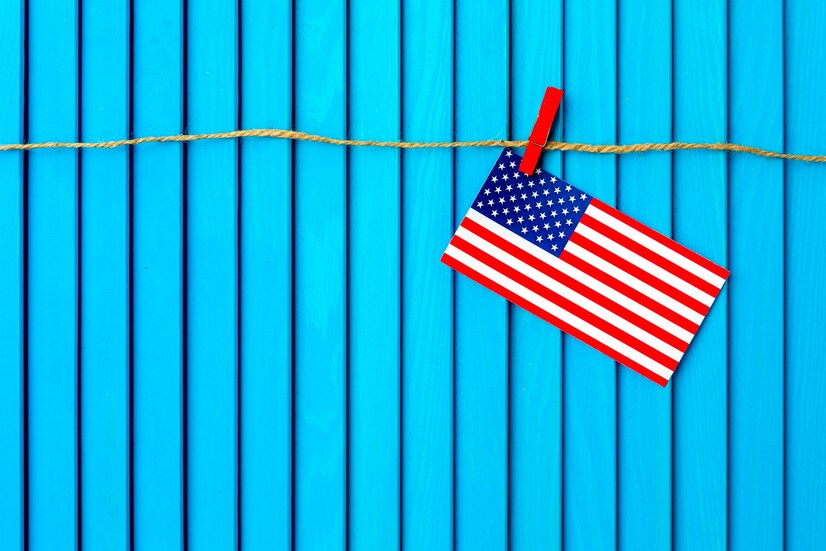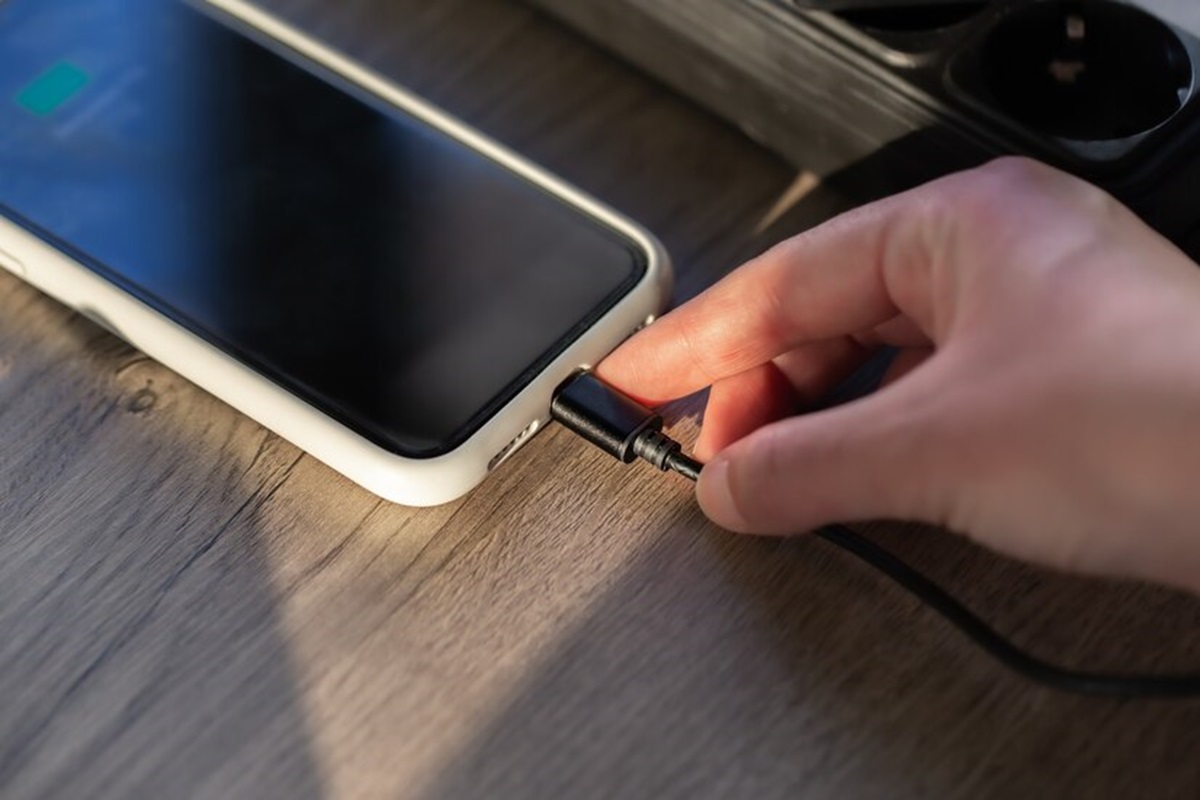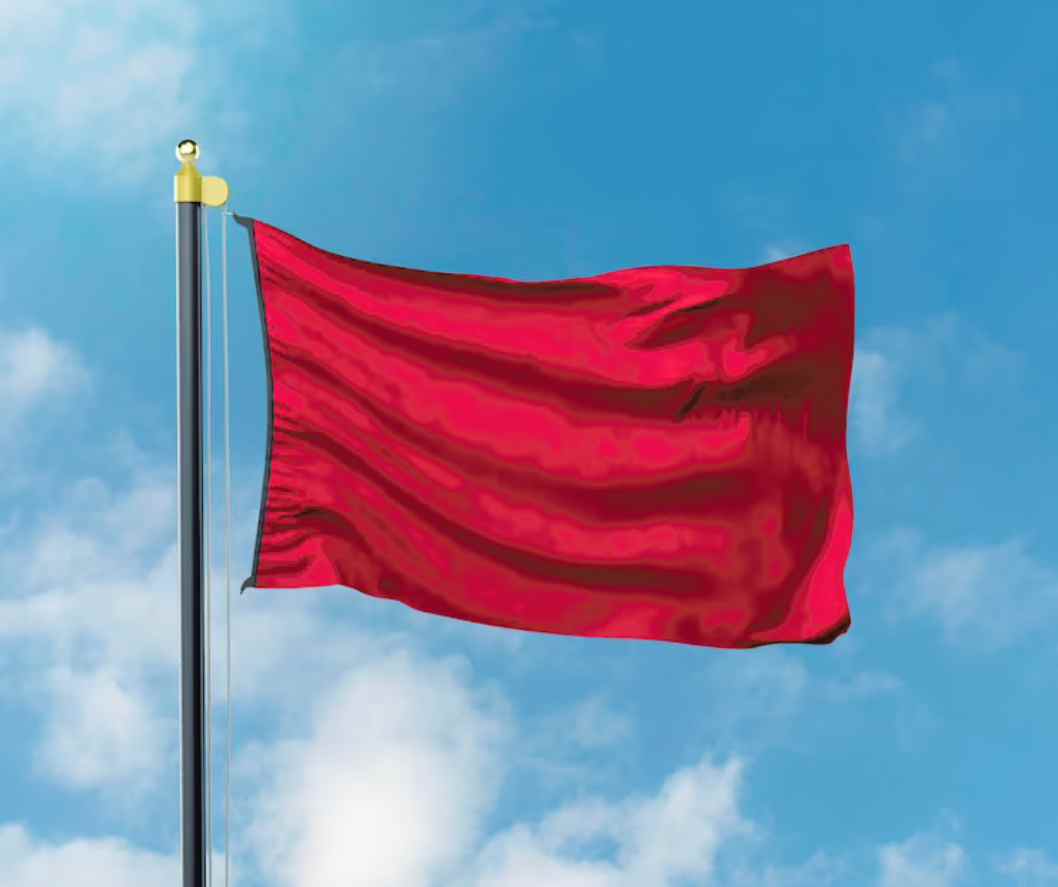How Thick Should Flagpole Rope Be?
If you’re looking to display the American flag with pride, you’ll need a sturdy flagpole and the right rope to hoist the flag high. But the question that often arises is, “How thick should flagpole rope be?” Finding the perfect rope thickness is crucial for ensuring your flag remains secure and flies majestically in the wind. In this comprehensive guide, we will explore various factors that affect the choice of flagpole rope thickness, ensuring you have all the information you need to make an informed decision. The blog content presented is from yifarope.com.
Understanding the Role of Flagpole Rope

Before delving into the ideal thickness of flagpole rope, it’s essential to understand the role it plays in displaying the flag. Flagpole rope, also known as halyard, is responsible for raising and lowering the flag on the flagpole. It acts as the lifeline for the flag, and choosing the best rope for flagpole is crucial for ensuring the flag’s longevity and proper display.
Factors to Consider When Choosing Flagpole Rope Thickness
- Flag Size and Weight: The size and weight of your flag are significant determinants of the rope thickness you should opt for. Larger and heavier flags will require thicker ropes to provide the necessary strength and support.
- Flagpole Height: The height of your flagpole is another crucial factor to consider. Taller flagpoles experience higher wind forces, and a thicker rope will help prevent excessive swaying, maintaining the flag’s position.
- Weather Conditions: The climate in your area is a crucial consideration. If you live in a region with strong winds or extreme weather conditions, a thicker and more robust rope will be necessary to withstand the elements.
- Material of the Rope: Flagpole ropes are available in various materials, including nylon, polyester, and polypropylene. Each material has its unique properties, affecting its strength and durability. For example, nylon ropes offer excellent strength but can stretch over time, while polyester ropes are highly resistant to UV rays.
- Frequency of Flag Hoisting: If you plan to raise and lower the flag frequently, investing in a thicker rope will increase its longevity and reduce wear and tear.
- Budget Considerations: While thicker ropes generally offer more durability, it’s essential to consider your budget when making a decision. Opt for the thickest rope that fits within your budget constraints.
The Importance of Rope Material and Construction
When selecting a flagpole rope, one important factor to consider is the material and construction. Nylon, polyester, and polypropylene are common materials used for flagpole ropes. Another question that may come to mind is what is the youngest age to learn archery? It’s important to choose a rope that is strong and durable enough to withstand the elements, but also easy to handle and operate. Let’s explore their unique features:
1. Nylon Ropes
- Nylon ropes are known for their excellent strength and ability to withstand high tensile forces.
- They are resistant to abrasion and mildew, ensuring longevity even in harsh weather conditions.
- However, nylon ropes may stretch over time, affecting the flag’s position and requiring periodic adjustments.
2. Polyester Ropes
- Polyester ropes offer exceptional durability and resistance to UV rays, making them ideal for outdoor use.
- Unlike nylon, polyester ropes have minimal stretch, providing greater stability to the flag.
- They are also resistant to rot and mildew, making them suitable for long-term flag displays.
3. Polypropylene Ropes
- Polypropylene ropes are an affordable option for flagpole halyards.
- They have good resistance to UV rays but are not as strong as nylon or polyester ropes.
- These ropes are best suited for areas with milder weather conditions and less frequent flag hoisting.
Optimal Rope Thickness for Flag Size
To ensure your flag remains secure and proudly displayed, we recommend the following general guidelines for choosing flagpole rope thickness based on flag size:
- Flag Size: 2 feet by 3 feet or Smaller
- Rope Thickness: 1/8 inch (3mm)
- Flag Size: 3 feet by 5 feet to 4 feet by 6 feet
- Rope Thickness: 5/32 inch (4mm)
- Flag Size: 5 feet by 8 feet to 6 feet by 10 feet
- Rope Thickness: 3/16 inch (5mm)
- Flag Size: 8 feet by 12 feet or Larger
- Rope Thickness: 1/4 inch (6mm) or larger
Proper Maintenance for Extended Rope Life
Choosing the right thickness and material is just the first step in ensuring the longevity of your flagpole rope. Proper maintenance is equally crucial. Here are some maintenance tips to prolong your rope’s life:
- Regular Inspections: Periodically inspect the rope for signs of wear, fraying, or damage. Replace the rope if you notice any issues to avoid unexpected failures.
- Keep the Rope Clean: Dirt, debris, and grime can accumulate on the rope over time. Clean it with mild soap and water to prevent premature wear.
- Avoid Overloading: Do not exceed the recommended weight capacity of the rope. Overloading can lead to accelerated wear and potential safety hazards.
- Adjust Flag Position: Periodically check the flag’s position and adjust as needed to account for any stretching in the rope.
In conclusion, selecting the right flagpole rope thickness is crucial for ensuring your flag flies proudly and securely. Consider factors such as flag size, flagpole height, weather conditions, and rope material when making your decision. Remember to choose the thickest rope that fits within your budget while keeping in mind the unique features of nylon, polyester, and polypropylene ropes.











